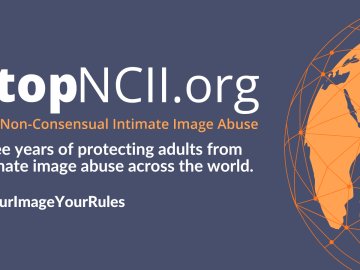Online Threats
The internet, for all its glory and opportunities, does unfortunately feature threats and challenges. These might manifest as online abuse, bullying, threats, impersonation, grooming, harassment or exposure to offensive and/or violent content.
All of these are harms we have a duty to protect young people from – and we shouldn’t underestimate its seriousness. If young people are exposed to – or perpetrate – these behaviours, they can be life-altering.
- A systematic, large-scale review of academic research found that victims of cyberbullying are more than twice as likely to self-harm or attempt suicide
- There have been high-profile news stories about online grooming and its devastating effects
- According to Ofcom, 45% of 12-15s who go online say they have seen something hateful about a group of people online in the last 12 months
We aren’t in the business of scaremongering, but it would be disingenuous to say that the risks involved in a digital childhood are insignificant.
Practice Online Safety
Being aware of and practicing online safety is the only way to mitigate these risks. They will always be present, but teaching young people how to manage harmful situations and content will ensure they are best-placed to benefit from their time online, free from harm.
Creating an online space that is led by the principles of online safety requires all of us to step up – to both practice online safety and to challenge bad and harmful behaviours online.
Understanding the consequences of our actions as well as the tools that are available for reporting and helping are the first stepping stones in being an educated and respectful digital citizen.








